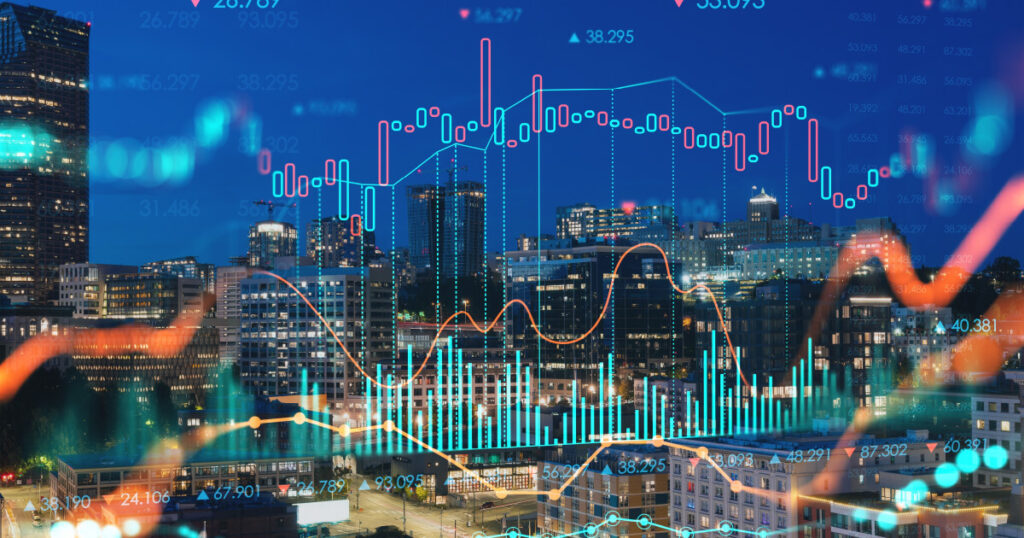In the landscape of financial trading, Artificial Intelligence (AI) has ushered in a revolution with several branches of AI being applied to achieve efficiency and higher profitability. One such branch, Deep Reinforcement Learning (DRL), is making significant waves. This form of machine learning, which combines deep learning (DL) and reinforcement learning (RL), enables trading algorithms to learn the best actions possible in a trade scenario in order to maximize the notion of cumulative reward.
Understanding Deep Reinforcement Learning (DRL)
DRL is an advanced form of machine learning that teaches agents how to make decisions by interacting with their environment, something akin to how humans learn through trial and error. The ‘deep’ in DRL refers to the use of deep neural networks in understanding data patterns. The significant advantage here is the agent’s ability to learn from unstructured data and to make decisions, a leap ahead from traditional systems and algorithms. This concept is further elaborated on in our piece on The Role of Neural Networks in Predicting Stock Market Movements.
Why DRL for Trading?
- Decision-making in Complex Environments: Trading markets are environments filled with variables and uncertainties. DRL algorithms can make decisions by considering multiple factors and variables, much like experienced human traders but at a much faster pace.
- Adaptive Learning: DRL continually learns and adapts to new data, market conditions, and trading scenarios, which is crucial in the ever-changing landscape of trading.
- Emotionless Trading: Emotional biases are completely eliminated with DRL, allowing strategies to be executed with mathematical precision and without the psychological barriers that human traders often face.
Application in Trading Strategies
Several trading strategies have seen the integration of DRL for optimization. For instance, algorithmic trading has greatly benefited from DRL, particularly in areas of stock trading, portfolio management, and risk management. The algorithms with DRL can evaluate market conditions, execute trade orders, and build portfolios while minimizing risk and maximizing returns. These applications often require enormous computational power, hinting at the future role of advanced technologies as discussed in The Role of Quantum Computing in the Future of AI Trading.
Challenges and Considerations
Despite its potential, the implementation of DRL in trading isn’t without challenges. One major hurdle is the quality and quantity of data needed. DRL algorithms require vast amounts of data to learn effectively, which might be challenging to source. Additionally, the computational power needed for these processes is immense.
Moreover, there’s a necessity for caution in ethical considerations, as discussed in our article on AI, Online Trading, and Ethics, ensuring that the use of DRL doesn’t contribute to unfair trading practices.
Conclusion
Deep Reinforcement Learning stands out as a transformative technology in the trading sector. Its ability to learn and adapt to market changes, execute emotionless strategies, and make decisions considering multiple factors could very well shape the future of trading. However, realizing its full potential requires overcoming certain hurdles, not least among them being the ethical implications and the resources required for effective implementation.
For further reading, consider Overcoming Data Challenges in AI-Driven Trading which delves deeper into the data aspect, or explore The Evolution of AI in Online Trading to understand the journey so far and what the future holds.

